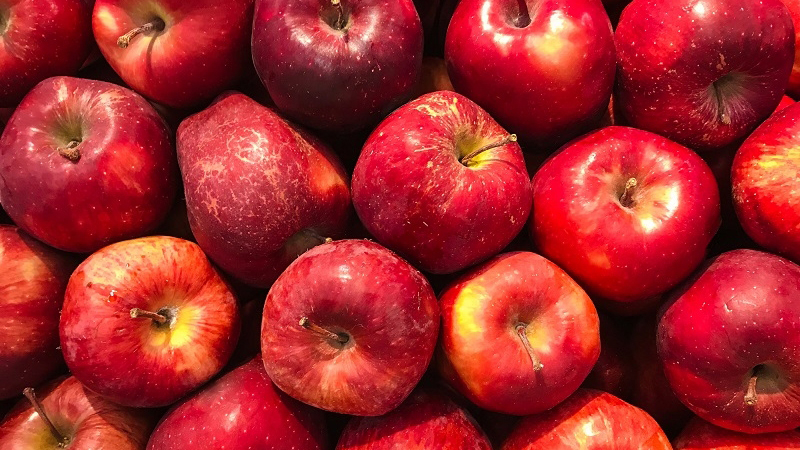What’s up With the Abnormal Start to Almond Growing Season?
Many unusual growth characteristics have emerged this growing season for various reasons: abnormally hot and cold temperatures during the previous growing season; extended periods of smoke-obscured sunlight for a couple months; non-acclimated freeze events in late fall; and cool, mild temperatures during bloom.
The winter of 2020-2021 was very good for chill accumulation, whether measuring chill hours or chill portions. One would thus expect a strong and concise bloom period. In many crops this did not occur. Crops such as almonds, peaches, and cherries bloomed early and late within the same varieties. The duration was very extended, resulting in a wide range of variability in sizes and maturity dates. Some stone fruits bloomed for more than four weeks. Cherries, which use rest-breaking agents, such as CAN-17 or Dormex, did not respond in the usual fashion.
The heat from the previous summer brought on high expressions of non-infectious bud failure in varieties such as ‘Carmel’ and new bud-failure symptoms in previously asymptomatic mature ‘Nonpareil’ trees. While ‘Nonpareil’ bud failure is not new, its expression has not been very common in recent years.
A non-productive blind-wood symptom in ‘Monterey’, which has been seen for the past few years, is again prevalent in 2021. While this may not be the same as what is occurring in ‘Carmel’, there appears to be a genetic link to ‘Monterey’ that is impacted by environmental factors.
The summer heat of 2020 likely impacted the expression of some of this bud failure and lack of leafing, but other contributing factors, such as effects on carbohydrate development and bud differentiation from a smoky August and September, are possible.
HOT TO COLD
Another anomaly in 2020 was the sudden, non-acclimated freeze event that occurred on Nov. 9 when, after an extended mild fall, a hard freeze dipping to the mid-20s hit that morning. This was evidenced by severe winter-kill dieback of walnuts that were not acclimated prior to this sudden drop in temperature. This drastic environmental shift could have possibly affected differentiating almond buds as well.
Other unusual symptoms observed this growing season on other almond varieties included various expressions of non-leafing and blindwood, non-productive “bull-like” growth, and trees that only bloomed and set on the tops of the trees with very little set on the lower canopy.
In the big picture, the impacts of these problems may not have a major effect on the overall statewide production; however, individually, a particular grower may suffer significant losses. Some issues, such as the risk of winter freeze injury of walnuts, can be reduced by strategic reduction of irrigations after harvest to harden-off terminal growth and acclimate trees for the first frosts.
On the flip side, if the root zone is too dry going into winter, an irrigation can be applied, but only after the vigorous growth has stopped and terminal buds are set.
With the classic, non-infectious bud failure, steps to minimize these problems would include using budwood sources from reduced-risk parentage and optimizing tree nutritional and water status during the growing season, with particular attention to the hottest summer months.
With the “delayed-leafing” and “blank-bud” type of growth that is being seen on ‘Monterey’ and other varieties while appearing to be affected by environmental factors, more research needs to be done.











